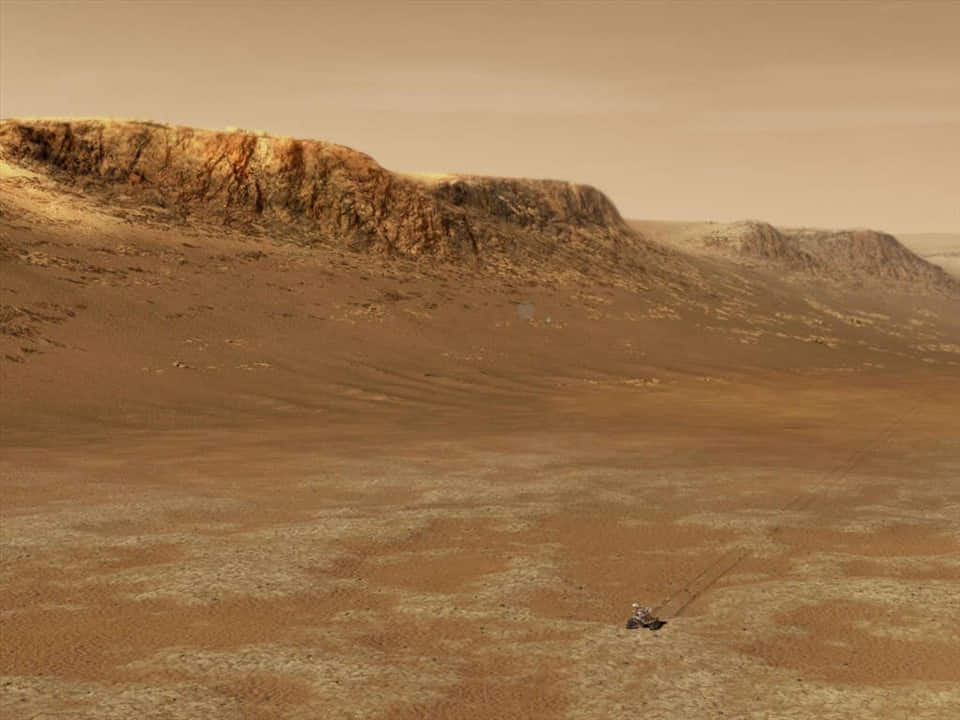The results of analyzing samples that the OSIRIS-REx spacecraft just dropped on Earth at the end of September have brought unexpected good news to the hunt for alien creatures that the US has been diligently pursuing.

Announced at a press conference on October 11 at NASA’s Johnson Space Center, scientists said that the Bennu asteroid sample that the US spacecraft OSIRIS-REx dropped on Earth contains water and carbon.
That is great news, because this confirms that Bennu is structured like what NASA expected before implementing this $1 billion mission.

Scientists are continuing to analyze Bennu for what they are almost certain to find: Signs of “seeds” of alien life.
“This is the largest carbon-rich asteroid sample ever brought back to Earth. Carbon and water molecules are exactly the elements we want to look for,” said NASA administrator Bill Nelson.

According to Mr. Nelson, these are important elements in the formation of the Earth, which will help determine the factors that can lead to the formation of life.
Bennu is a B-type asteroid, containing lots of carbon and likely primitive molecules similar to those that were present when life arose on Earth.
Some of these building blocks of life – including uracil, one of the nucleobases for RNA – were recently found by the Japanese spacecraft Hayabusa2 on the asteroid Ryugu.

The mission NASA is pursuing is to find other potential precursors to life on Bennu.
Specimens from both Ryugu and Bennu are shared with research institutions around the world, in a joint effort to explain how we came to exist as well as explore how different life forms bodies formed in the solar system.





